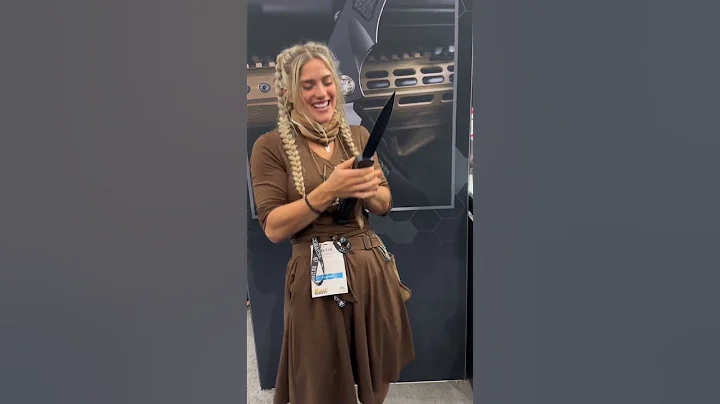Switched from C major to G major. In the first position, you should pay attention to the difference between pressing the middle finger on the inner and outer strings. The following score is a nursery rhyme from Europe and America. Practice description:
This song belongs to the Etude in G major, and the tuning of the erhu is (5.2 string). Three beats per measure (a quarter note is a beat). The pitch of
G major is mainly that the middle finger on the outer string should approach the index finger to conform to the semitone relationship, while the 2-3 fingers and 3-4 fingers should be separated to meet the requirements of the full tone relationship.

Difficulties in fingering in this song
In this song, if the middle finger can accurately press "7.4" and the little finger can accurately press "2", the difficulty in fingering of this song will be completely solved. The following exercises are helpful for learning to play a tune in G major:

Practice the middle finger pressing on the erhu
The above picture is to practice pressing the middle finger on the inner and outer strings on the erhu, and strive to move the middle finger correctly. Keep the 1-3-4 fingers in the picture, the practice will be more effective.
Note: If
can practice the G major scale on the phoneme stick as shown in the figure below, with the aid of listening, you can basically play the above "Happy Birthday to you" song in G key. .

Practicing the scale of G on the phoneme bar
When practicing the first position of G major on the phoneme bar, it has a significant corrective effect on the "4" sound that is habitually high. Also pay attention to when practicing:
1. The finger type of the inner string is "full and half full" (the relationship between 2-3 fingers is a semitone), and the finger type of the outer string is "half full" (between 1-2 fingers is a semitone) Relationship), pay attention to the difference between the outer string and D major.
2. After the analysis of the above figure clarifies the mutual sound relationship, all the phonemes should be placed in the same column of holes for practice (such as moving the phoneme on the left side of the phoneme stick to the right hole. Practice) in order to get closer to the finger pressing on the real piano.











